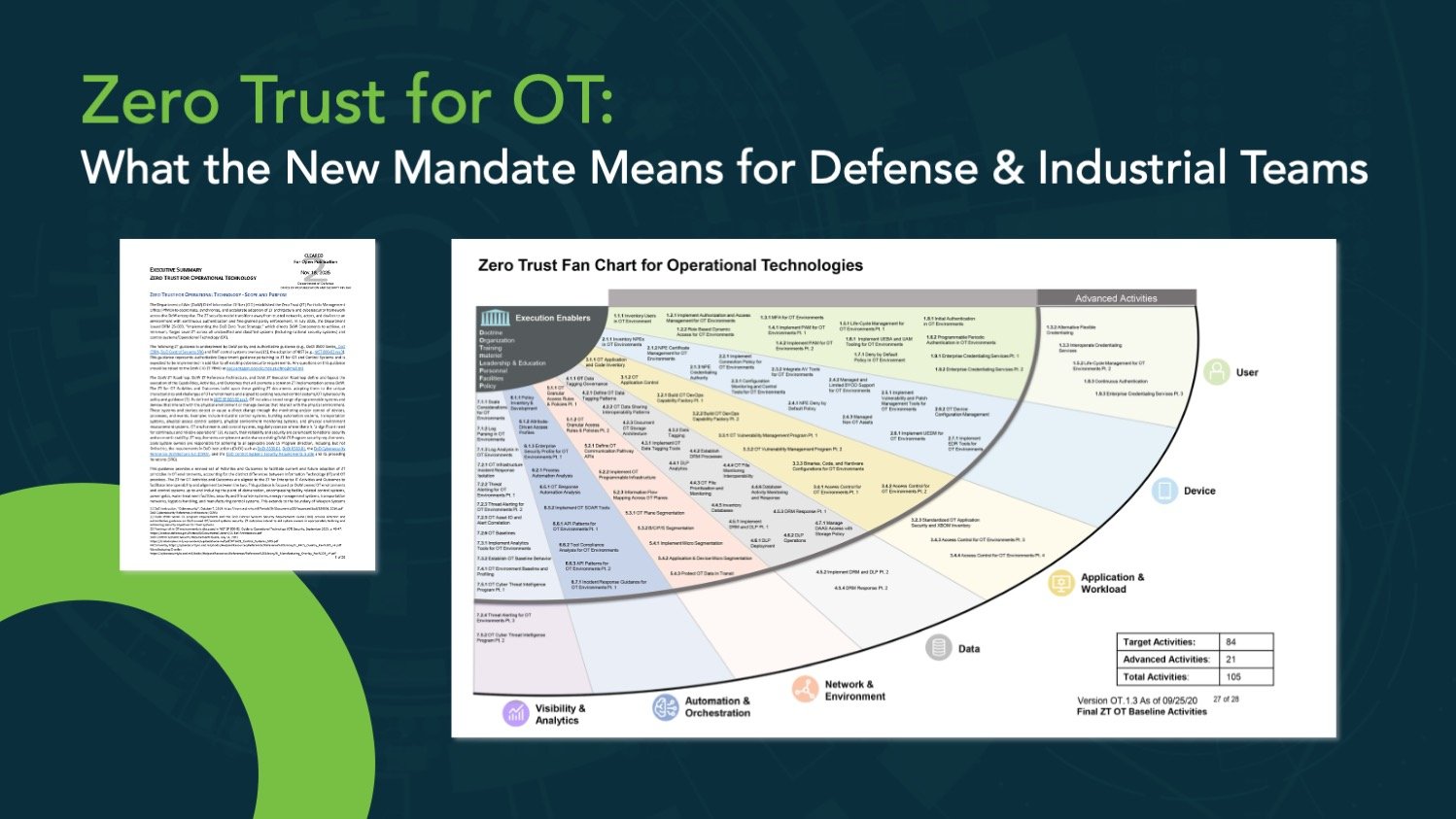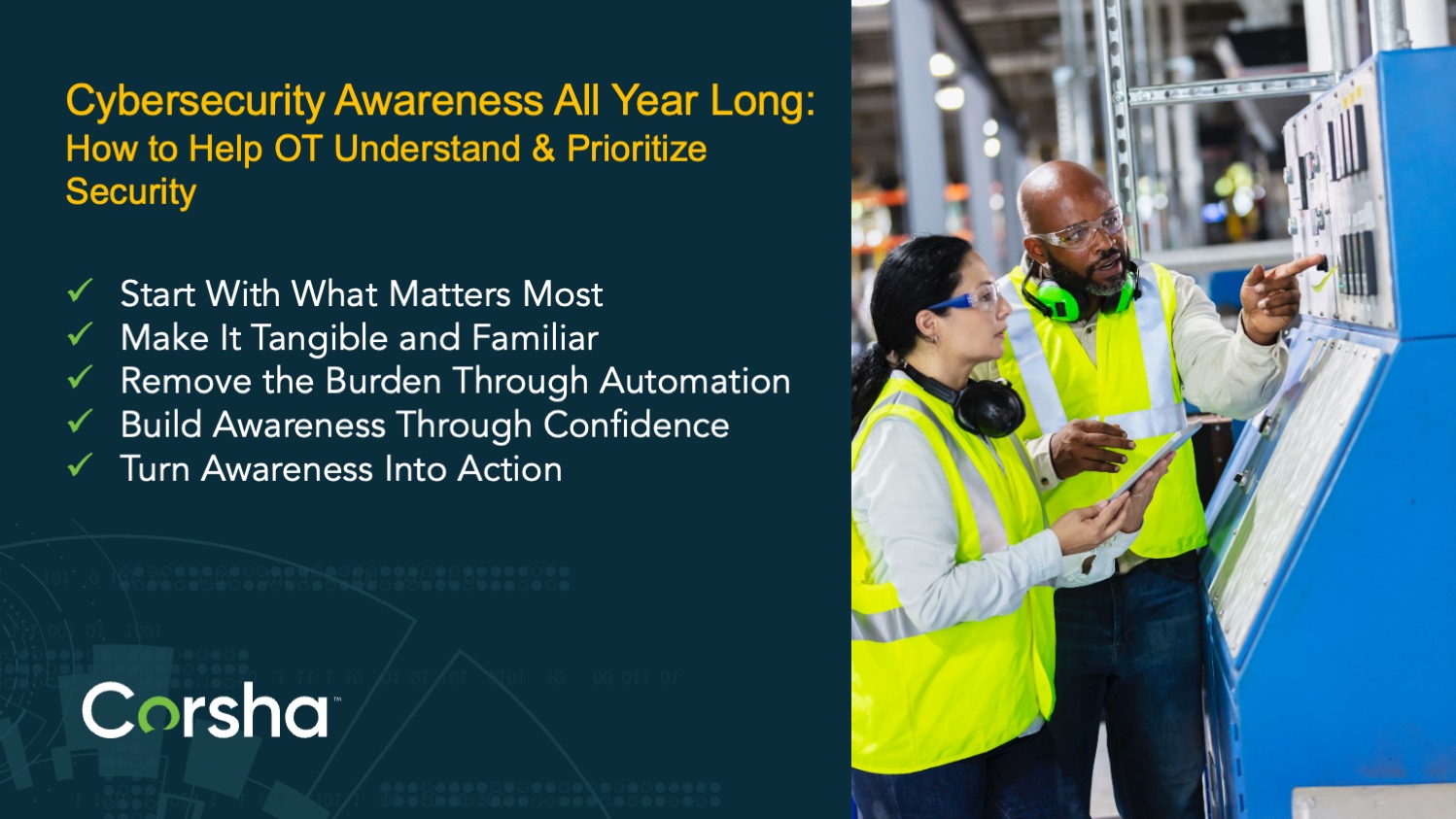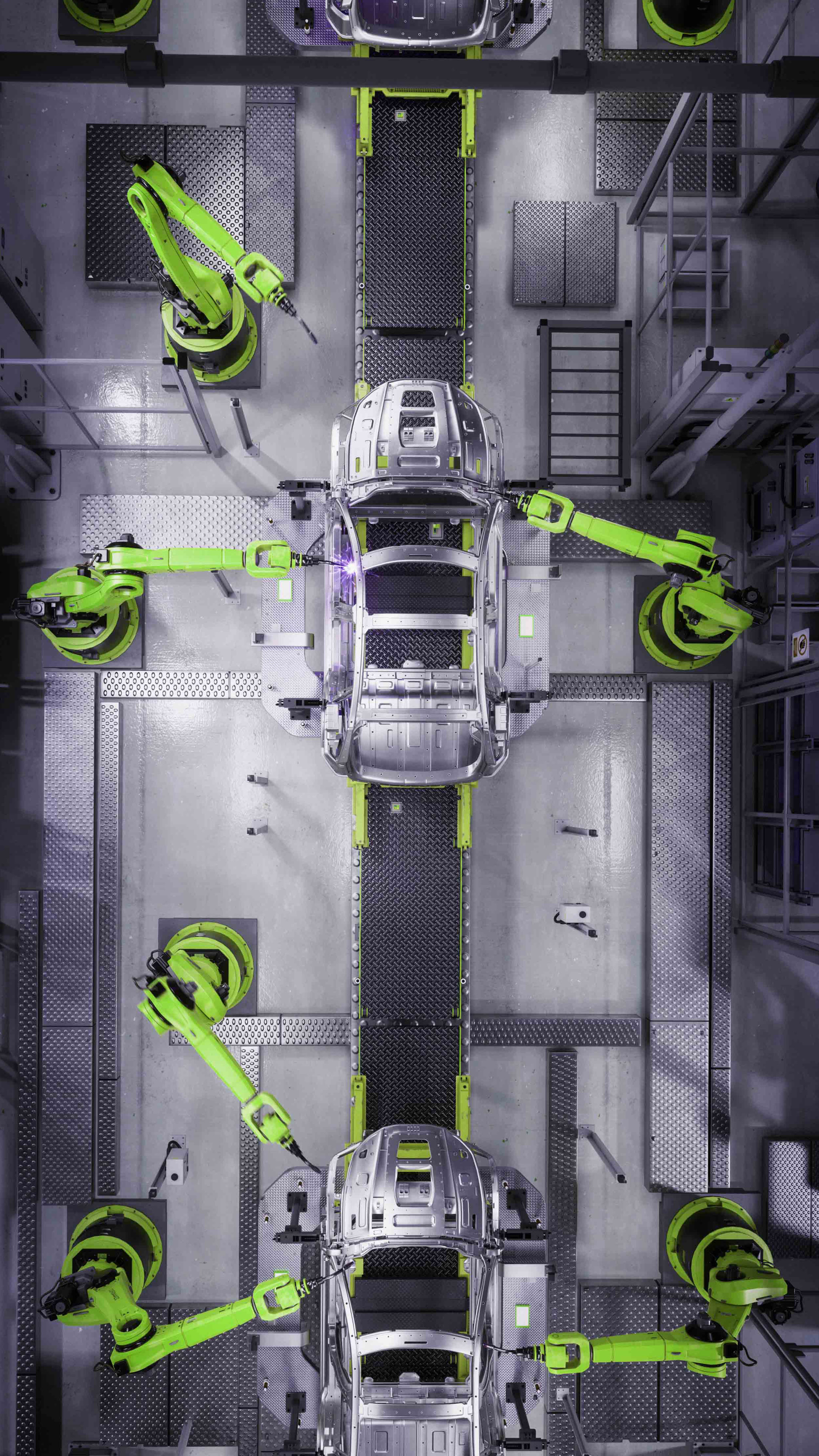Welcome to the future of manufacturing - Industry 4.0, a realm where machines communicate, learn, and autonomously optimize operations. While this interconnected world holds immense promise, it also brings forth substantial cybersecurity challenges. How do manufacturers safeguard against the rising tide of cyber-attacks targeting operational technology (OT) environments? Enter Multi-Factor Authentication (MFA), the game-changer in Industry 4.0, reshaping manufacturing floors into fortified hubs of innovation and efficiency. Let's delve into this transformative solution.
The Landscape of Industry 4.0
Industry 4.0 represents the convergence of traditional manufacturing processes with advanced technologies like the Industrial Internet of Things (IIoT), Artificial Intelligence (AI), and Big Data. Machines communicate in real-time, enabling predictive maintenance, smart production, and unparalleled efficiency. However, this seamless connectivity also exposes manufacturing floors to cyber risks, demanding robust security measures.
The Role of Multi-Factor Authentication (MFA)
MFA has emerged as a linchpin in fortifying the manufacturing floor against cyber threats. MFA ensures that only authorized machines can access sensitive systems and data. This additional layer of security is instrumental in preventing unauthorized access, data breaches, and other malicious activities.
- Securing Access Points - One of the key aspects of Industry 4.0 is the multitude of access points for data exchange. MFA acts as a gatekeeper, safeguarding these access points and ensuring that only authenticated machines can interact with the manufacturing systems. This proactive approach significantly reduces the risk of unauthorized intrusion.
- Enhancing Operational Efficiency - Implementing MFA not only strengthens security but also enhances operational efficiency. With secure and authenticated communication channels, machines can exchange data without the fear of interception or manipulation. This reliability paves the way for streamlined operations, minimized downtime, and optimal production levels.
- Building a Self-Defending Manufacturing Floor - In the era of Industry 4.0, a self-defending manufacturing floor is one where security is proactive, adaptive, and resilient. MFA acts as the foundation of this self-defense mechanism, ensuring that the manufacturing environment can identify, respond to, and mitigate cyber threats effectively. It empowers the manufacturing floor to anticipate potential risks, thwart attacks, and maintain continuous productivity.
The Benefits of Multi-Factor Authentication (MFA)
Multi-Factor Authentication (MFA) stands out as the best solution for securing machine-to-machine communications in manufacturing environments due to several compelling reasons:
- Enhanced Security:
MFA adds an extra layer of security beyond passwords or basic authentication methods. This robust security feature is essential in safeguarding sensitive manufacturing data and operations.
- Authentication Redundancy:
MFA offers authentication redundancy, meaning that even if one factor is compromised, the other factors provide an additional barrier against unauthorized access. This redundancy ensures that machine-to-machine communications remain secure even if one authentication method is compromised.
- Adaptability to Diverse Use Cases:
Manufacturing environments often have diverse systems and machines that require varying levels of security. MFA is highly adaptable and can be customized to fit different use cases. Whether it's accessing critical production data or controlling automated machinery, MFA can be tailored to provide the right level of security for each scenario.
- Compliance with Industry Regulations:
Many manufacturing sectors are subject to strict regulatory requirements concerning data security and privacy. MFA not only enhances security but also helps manufacturing companies comply with industry regulations and standards such as HIPAA, or ISO 27001. Compliance with these regulations is crucial for maintaining the reputation and integrity of the manufacturing business.
- Prevention of Insider Threats:
Insider threats, where authorized personnel misuse their access privileges, can pose significant risks in manufacturing environments. MFA acts as a deterrent against insider threats by ensuring that even authorized users must provide multiple forms of authentication, making it difficult for malicious insiders to compromise the system.
Embracing the Future
As we embrace the transformative power of Industry 4.0, integrating MFA into the core of our manufacturing processes becomes less of a choice and more of a necessity. It’s about securing the present and paving the way for a future where innovation can thrive without compromising security. By empowering Industry 4.0 with MFA, we are not just defending our manufacturing floors; we are empowering the very essence of the Fourth Industrial Revolution.
In the journey towards Industry 4.0, let’s ensure our manufacturing environments stand strong, resilient, and self-defending against the challenges of the digital age.
For more insights on securing OT to IT communications, explore our whitepaper, From Legacy to Leading Edge: Challenges and Solutions for OT to IT Security
Corsha’s Approach to Securing OT to IT Communication
Corsha's Zero Trust Platform offers a cutting-edge solution for advancing API and machine-to-machine security. It introduces the industry's first dynamic and fully automated Multi-Factor Authentication (MFA) for APIs, ensuring that organizations can protect their APIs within complex and dynamic environments like the cloud and edge computing.
What sets Corsha apart is its ability to bring the proven security benefits of MFA, which have been successful with human users, into the realm of APIs and manufacturing protocols. This dynamic and continuous verification process is a fundamental element of zero-trust frameworks, enhancing the overall security posture.
Corsha provides both hardware and software-based connectors, making it a versatile and easy-to-implement solution. No modifications to manufacturing equipment are required, simplifying the adoption process. This flexibility makes Corsha a valuable security enabler for automating critical workflows and data movement across networks.
The core of Corsha's technology lies in its Distributed Ledger Network (DLN). When deployed, the lightweight Connector establishes a dynamic authentication stream within the DLN, creating a unique machine identity for each API client. This identity facilitates easy verification, monitoring, and control through Corsha's central Administrative Console.
Corsha's platform addresses essential security drivers, including protection against machine-to-machine exploits like man-in-the-middle attacks and API credential stuffing. It also acts as a catalyst for enhancing security and automation in data movement workflows across diverse networks, providing dynamic machine identities for API clients and a unified view of machines in hybrid deployments. Additionally, it offers precise control over API access on a per-machine basis, and excels in creating secure, API-only connections, even for machines that may have pre-existing, non-standard, or inadequate connectivity and security measures.


